Description
Part of the How to Help series of books exploring issues commonly faced by children and young people at home and at school, Building Wellbeing and Resilience offers a complete introduction to these critical yet frequently misunderstood topics. Often confused with mental health or physical wellness, wellbeing fuses aspects of both and wider elements into a general sense of ‘how we are’. Resilience, meanwhile, is the ability to deal with adversity and move forward. High wellbeing fosters resilience and, in a virtuous circle, resilience is linked to high levels of wellbeing. Exploring these topics along with related issues such as measuring wellbeing, using positive psychology approaches to boost strengths and the impact of neurodiversity, Rob Long considers the importance and impact of wellbeing and resilience at home and in the classroom – and how parents, carers, teachers and schools can help.
Authors
ROB LONG is a Chartered Psychologist who provides independent training to teachers and other professionals. He has previously lectured in Psychology and Sociology and worked as an Educational Psychologist for Wolverhampton and Devon Education Authorities. During this time he managed a Behaviour Support Team and supported schools in reviewing their behaviour management policies and practice.
Rob’s main interest is supporting children who face emotional and behavioural difficulties. He is committed to developing an understanding of these children through training and project work, and to providing solutions and practical help to school staff involved with them. He teaches on a distance learning course in Social, Emotional and Mental Health issues run by Oxford Brookes University and the Social, Emotional, Behavioural Difficulties Association (SEBDA). He is also an active member of SEBDA.
Details
ISBN: 9781912755967
Publication: June 2021
Publishers: Pavilion Publishers and Media Ltd
Table of Contents
Series Preface; About the Author;
Author’s Preface; How to Use This Book
Part 1: Introduction
- What are wellbeing and resilience?; 2. Wellbeing in context; 3. Wellbeing and development; 4. Issues, evidence and definitions; Ten key things to know about wellbeing and resilience
Part 2: The science of wellbeing
- Evidence-based practice; 6. Measuring wellbeing; 7. Wellbeing and positive psychology; 8. How can positive psychology improve wellbeing?; 9. Signature strengths
Part 3: Wellbeing and development
- Child and adolescent development; 11. Wellbeing and physical development; 12. Wellbeing and emotional development; 13. Wellbeing and cognitive development; 14. Adolescence and social development
Part 4: Wellbeing at home and in school
- Wellbeing and the family; 16. Wellbeing in school; 17. Wellbeing in the classroom; 18. Behaviour and school policies; 19. School transitions and wellbeing
Part 5: Resilience and mental health
- Wellbeing for troubled children; 21. Understanding resilience; 22. What can be done to increase resilience?; 23. Building the skills for school success
Part 6: Complex difficulties and disadvantage
- Children with complex difficulties; 25. The disability paradox; 26. Abilities and capabilities; 27. Poverty
Part 7: Conclusion and resources
29. Summary; 30. Advice for parents and carers; 31. Advice for teachers; Appendices
About the topic
Wellbeing describes the successful and positive integration of the different elements of a child or young person’s development (e.g. emotional, cognitive, physical, social, moral). It is a measure of a young person’s current state of happiness, health, comfort and overall contentment.
Within wellbeing, emotional wellbeing refers to possessing skills such as self-esteem, optimism and the ability to maintain relationships, while social wellbeing in concerned with the extent to which young people have a sense of belonging to and inclusion with different groups.
Resilience is the ability to cope with, recover from and adjust to adverse life experiences. It is influenced by a range of factors, some specific to the individual and others drawn from the wider environment. It is the ability to work through adversity, adapt, move on and grow.

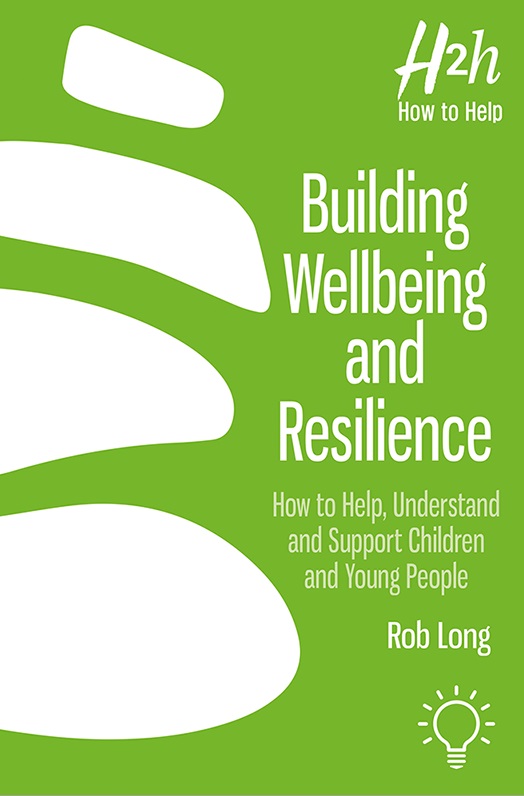
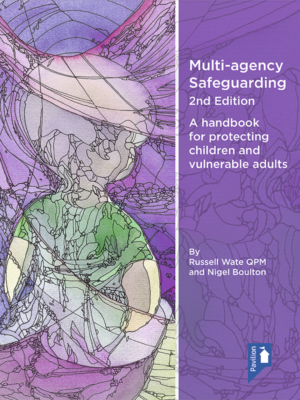
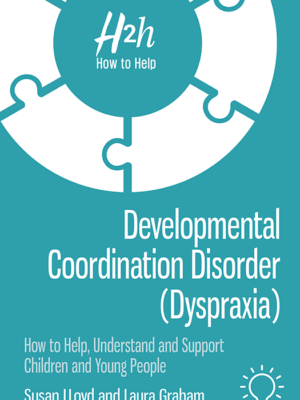
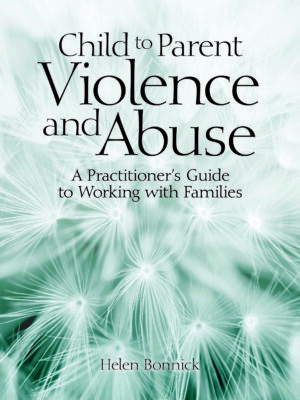
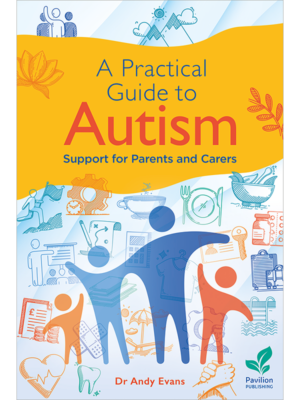
Siobhan Gould, Cornwall Council –
The book is part of the ‘How to Help’ series and aims to examine the links between wellbeing (the fusion of physical wellness, mental well being and social relationships) and resilience, and considers how children develop these so that they can cope effectively with adversity and make positive choices. The exploration of ways to support children to navigate everyday challenges, and to understand the complex systems which impact on children’s wellbeing is achieved in an easy to read, jargon free manner.
The book is well structured and guides the reader through definitions, psychological theories, and practical tools in a clear and accessible manner. Important factors are regularly emphasised through the use of short sections entitled ‘key points’ and ‘expert views’, providing useful summaries and points of reference. There are also informative tables throughout the book which provide clear means of assessing, understanding and supporting children and their environments, such as an overview of tools to measure wellbeing; a summary of developmental stages; and suggestions for increasing engagement with children.
School staff would find this book a valuable resource, with several chapters being dedicated to supporting children’s wellbeing in the classroom, in the wider school system, and during transitions within education. These chapters provide practical guides and resources, such as aids for measuring belonging in school, and for educational psychologists (EPs) they would make useful reference points for discussions with school staff when considering, for example, the wellbeing of individual children, systemic changes and policy development in educational settings. Parents and carers would also find this book a useful source of information, particularly the chapter dedicated to wellbeing in the family which explores issues such as strengthening attachment, parenting methods and family communication. Again, I see benefits of EPs sharing some of these resources to support discussions with parents/carers.
Overall, the content of this book would be very familiar to Educational Psychologists (EPs) (such as references to Piaget, Vygotsky and Brofennbrenner), but the combination of evidence-based discussion relevant to the current time, and the varied range of practical resources, such as an identifying your strengths tool and strategies to support core skill development, could effectively contribute to EP practice. I particularly enjoyed ‘Signature Strengths’ (Chapter Nine), which explored identifying traits such as honesty, kindness and determination (as opposed to talents), and supporting children to see, value and strengthen these in themselves.
In summary, I found this an interesting and easy to read book with a clear structure which allows the reader to access the areas that are of interest. Whilst I feel the content is most appropriate for school staff and parent/carers, there are certainly resources, information and tools that could be used in EP practice and EP training.
Recommended for: Teachers and parents/carers
Style: Practical and easy to read